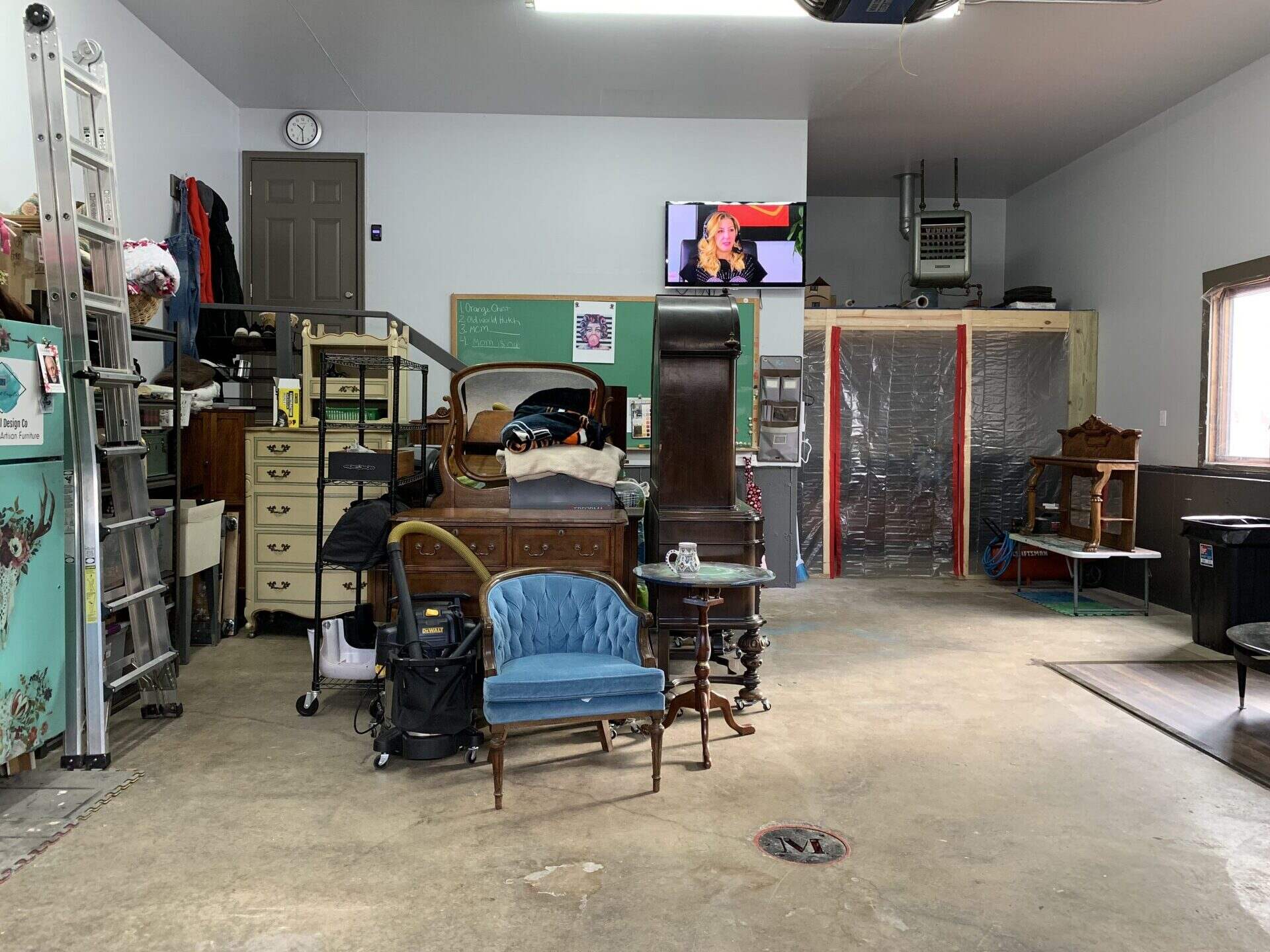

Articles
How To Store Furniture In Garage
Modified: January 19, 2024
Looking for tips on storing furniture in your garage? Check out our articles for expert advice and solutions.
(Many of the links in this article redirect to a specific reviewed product. Your purchase of these products through affiliate links helps to generate commission for Storables.com, at no extra cost. Learn more)
Introduction
Storing furniture in a garage can be a practical solution for those who are short on space or need temporary storage options. Whether you are downsizing, renovating, or simply looking to declutter your home, utilizing your garage can provide a convenient and accessible area to store your furniture. However, it is essential to store your furniture properly to prevent damage and ensure its longevity.
In this article, we will guide you through the step-by-step process of storing furniture in your garage while keeping it safe and well-organized. From clearing and cleaning the space to maximizing space with shelving systems, we will cover everything you need to know to store your furniture effectively.
Before you begin storing your furniture in the garage, it is important to assess the available space and determine the condition of your furniture. Make sure your garage is clean, dry, and free from any leaks or environmental hazards that could potentially damage your furniture. Additionally, consider the size and weight of the furniture pieces and whether they need to be disassembled for easier storage.
By following these guidelines and implementing proper storage techniques, you can keep your furniture safe, organized, and ready for future use. Let’s dive deeper into each step of the process and learn how to store furniture in the garage effectively.
Key Takeaways:
- Properly storing furniture in the garage involves clearing, cleaning, measuring, disassembling, wrapping, organizing, and maintaining. Following these steps ensures safe and accessible storage while extending the lifespan of your furniture.
- Utilizing shelving and storage systems in the garage maximizes space and keeps furniture organized. Regular maintenance and cleaning are crucial for safeguarding furniture from damage and maintaining its condition.
Read more: How To Store Wood Furniture In Garage
Step 1: Clearing and Cleaning the Garage Space
Before you can start storing your furniture in the garage, you’ll need to clear out any existing items and thoroughly clean the space. This step is crucial to ensure a clean and suitable environment for your furniture.
Begin by removing all clutter and unnecessary items from your garage. Sort through your belongings and decide what to keep, donate, or throw away. This process will not only help you declutter but also create more space for your furniture storage.
Once you have cleared the space, it’s time to give your garage a good cleaning. Sweep or vacuum the floor to remove any dust, dirt, or debris. Use a damp cloth or mop to wipe down surfaces, including walls, shelves, and any other areas where furniture will be stored. If your garage has windows, make sure to clean them as well, allowing natural light to illuminate the space.
Additionally, check for any signs of pests such as insects or rodents. If you notice any infestation, take appropriate measures to address the issue before storing your furniture. This might involve hiring professional pest control services or using traps and repellents.
Lastly, consider the climate and humidity levels in your garage. Extreme temperature fluctuations and excessive moisture can be detrimental to furniture. To control humidity, you can use a dehumidifier or silica gel packs to absorb moisture in the air. This will help protect your furniture from warping, mold, and mildew.
By clearing and cleaning your garage space, you create a sturdy and well-maintained environment for your furniture storage. With a clean slate, you can now move on to the next step: measuring furniture and planning the layout.
Step 2: Measuring Furniture and Planning Layout
Before you start moving your furniture into the garage, it’s important to measure each piece and plan the layout. By doing so, you can ensure that everything fits properly and maximize the available space.
Begin by measuring the dimensions of your furniture. Measure the height, width, and depth of each piece. This will help you determine the amount of space needed for storage and make it easier to plan the layout.
Consider the shape and design of your furniture when planning the layout. Some items, such as tables or bed frames, may need to be disassembled to save space. Take note of any detachable parts and keep them safely stored together.
Visualize the layout of your furniture in the garage before you start moving it in. Consider the size and weight of each piece to determine the most efficient arrangement. Remember to leave enough space for walkways and access to other items stored in your garage.
If you have multiple levels or shelves in your garage, plan your layout accordingly. Heavier and bulkier pieces should be placed on the bottom to provide stability, while lighter items can be stored on higher shelves or racks.
Optimize the available space by utilizing vertical storage. Tall furniture pieces such as bookshelves or wardrobes can be placed against the walls, while smaller items can be organized on shelves or in stackable containers.
When planning your layout, also consider the accessibility of your furniture. If you anticipate needing to use or retrieve certain items frequently, make sure they are easily accessible and not blocked by other furniture.
By measuring your furniture and planning the layout in advance, you can efficiently utilize the space available in your garage while ensuring easy access to your stored items. With your layout planned, you’re ready to move on to the next step: disassembling and preparing your furniture for storage.
Step 3: Disassembling and Preparing Furniture
As you prepare to store your furniture in the garage, disassembling certain pieces can help save space and make the storage process more manageable. This step is particularly important for large or bulky items that may be difficult to maneuver or store as a whole.
Start by gathering the necessary tools for disassembly, such as screwdrivers, wrenches, and Allen keys. Follow the manufacturer’s instructions or consult online resources if you’re unsure of how to properly disassemble your furniture.
Take your time to carefully disassemble each piece, keeping track of the individual components. Place small parts such as screws or bolts in labeled bags to prevent them from getting lost or mixed up. It’s also helpful to take photos or create a diagram to use as a reference when reassembling your furniture later on.
As you disassemble your furniture, take note of any fragile or delicate parts. Wrap them in bubble wrap or soft blankets to protect them during storage. Securely tape any loose items or components to the main piece to keep everything together.
Consider using furniture blankets or moving pads to protect larger furniture items, such as sofas or mattresses, from getting scratched or damaged. Covering them with breathable materials will help prevent dust accumulation and maintain their condition.
For wooden furniture, you may also apply furniture wax or polish to protect the surfaces and prevent them from drying out during storage. This will help maintain the appearance and extend the lifespan of your furniture.
Label each disassembled piece and its corresponding parts or hardware to ensure easy identification when you need to retrieve or reassemble them in the future.
By disassembling and preparing your furniture for storage, you not only save space but also protect delicate components and ensure easier handling. With your furniture disassembled and ready, it’s time to move on to the next step: properly wrapping and protecting your furniture.
Step 4: Properly Wrapping and Protecting Furniture
Properly wrapping and protecting your furniture is crucial to prevent scratches, dust accumulation, and other forms of damage during storage. This step ensures that your furniture remains in good condition and is ready to use when you retrieve it from the garage.
Start by cleaning your furniture to remove any dust or dirt. Use a gentle cleaning solution appropriate for the material of your furniture, such as mild soap and water for wooden items. Avoid using harsh chemicals that could potentially damage the furniture.
Once your furniture is clean and dry, it’s time to wrap it for protection. Use furniture blankets or moving pads to cover larger pieces, such as sofas, tables, and dressers. Wrap the furniture tightly, securing the blankets with tape or plastic wrap to keep them in place.
For more delicate items, such as glass tabletops or mirrored surfaces, use protective materials such as bubble wrap or foam sheets. These materials act as a buffer, preventing scratches or cracks during transportation and storage.
When moving disassembled furniture or individual pieces, make sure to wrap each component separately to avoid any damage or shifting. Securely tape or tie the wrapped components together to keep them organized.
For upholstered furniture, consider using furniture covers or plastic wrap to protect the fabric from dust or potential stains. Make sure to choose breathable materials that allow for air circulation to prevent moisture buildup.
If you have any heirloom or valuable furniture pieces, consider investing in specialized furniture covers or cases designed for long-term storage. These protective covers provide an extra layer of security against dust, moisture, and pests.
Label each wrapped furniture piece with its corresponding label or description to easily identify it when it’s time to retrieve or rearrange your stored furniture.
By properly wrapping and protecting your furniture, you ensure that it remains in optimal condition while stored in the garage. Now that your furniture is well-wrapped, it’s time to move on to the next step: organizing and storing furniture in the garage.
When storing furniture in a garage, make sure to clean and dry the items thoroughly before placing them in the space. Use furniture covers or sheets to protect them from dust and moisture, and consider using shelves or pallets to keep them off the ground and prevent damage.
Read more: How To Store Furniture
Step 5: Organizing and Storing Furniture in the Garage
Now that you have prepared your furniture for storage, it’s time to organize and arrange it in your garage in a way that maximizes space and accessibility.
Begin by placing larger and heavier items against the walls or in designated corners. This helps to create a stable base and provides more floor space for other items. Place the disassembled furniture pieces first, followed by larger intact items.
When storing multiple pieces of furniture, try to leave enough space in between for easy access. This allows you to retrieve items without having to move or shift everything around.
Group similar items together. For example, store chairs, tables, and other dining room furniture in one area, and sofas and coffee tables in another. This not only makes it easier to find specific pieces but also helps in organizing the space more effectively.
Utilize vertical space by installing shelves, racks, or wall-mounted storage systems. This will help you make the most of the available space and prevent clutter on the floor. Place smaller items or boxes on the shelves to keep the garage tidy and organized.
If you have any fragile or delicate items, such as glass shelves or delicate decor pieces, consider storing them in protective containers or boxes with proper labeling. This adds an extra layer of protection and prevents them from getting damaged during storage.
Make use of any existing storage furniture or cabinets in your garage. If you have cabinets with doors, consider utilizing them to store smaller items or accessories. Label the drawers or shelves accordingly for easy retrieval.
Ensure that your stored furniture is well-aligned and properly balanced. Avoid stacking furniture too high or placing heavy items on top of delicate ones. This prevents accidents and keeps your furniture safe.
Leave clear walkways and access points to easily navigate through the garage and reach your stored furniture. This is especially important if you plan on retrieving specific items without having to move everything else around.
Lastly, create an inventory or list of everything you have stored in the garage. This will help you keep track of your belongings and retrieve specific items when needed.
By following these organization and storage techniques, you can create an efficiently arranged and accessible furniture storage area in your garage. With your furniture properly stored, it’s time to move on to the next step: maximizing space with shelving and storage systems.
Step 6: Maximizing Space with Shelving and Storage Systems
To make the most of your garage space when storing furniture, it’s essential to utilize shelving and storage systems effectively. By implementing these systems, you can create additional storage areas and keep your furniture organized and easily accessible.
Start by assessing the available wall space in your garage. Measure the height, width, and depth of the walls to determine the size and type of shelving or storage units you can install. Consider using adjustable shelving units that can be customized to fit your specific needs.
Installing wall-mounted shelves is a great way to maximize vertical space. These shelves can hold smaller items, boxes, or decorative pieces. Place items that you may need to access frequently on lower shelves and reserve higher shelves for less frequently used items.
Another option is to install overhead storage racks. These racks are ideal for storing larger, bulkier items that are not needed frequently. It’s essential to follow the weight limits specified by the manufacturer and ensure that the racks are securely installed for safety.
If floor space allows, you can also consider freestanding shelving units or cabinets. These units provide additional storage and can be used for storing smaller items or organizing boxes. Make sure to properly secure the units to prevent any accidents or tipping.
Utilize the space beneath the furniture by placing storage containers or bins. These containers can hold smaller items or accessories that would otherwise clutter the garage. Label the containers for easy identification and retrieval.
If your garage has a high ceiling, consider using a pulley or hoisting system to store larger and heavier furniture items, such as bicycles or kayaks, overhead. This frees up floor and wall space while keeping these items easily accessible when needed.
Make use of hooks or pegboards to hang tools, garden equipment, or lightweight items. This helps keep the garage floor clear and organized, creating more space for your stored furniture.
When utilizing shelving and storage systems, it’s important to maintain proper weight distribution and stability. Avoid overloading shelves or storage units beyond their capacity. Distribute the weight evenly and avoid stacking items too high to prevent toppling or damage.
By maximizing space with shelving and storage systems, you can create a more efficient and organized furniture storage area in your garage. With your storage systems in place, it’s time to move on to the final step: regular maintenance and cleaning of your stored furniture.
Step 7: Regular Maintenance and Cleaning of Stored Furniture
Maintaining and cleaning your stored furniture on a regular basis is essential to ensure its longevity and keep it in good condition. By incorporating regular maintenance tasks into your routine, you can prevent dust buildup, protect against potential damage, and extend the lifespan of your furniture.
Start by inspecting your stored furniture regularly. Check for any signs of wear and tear, pest infestation, or mold formation. Address any issues promptly to prevent further damage.
Dust your furniture regularly to prevent dust and dirt from settling. Use a soft cloth or a duster to gently remove any dirt or debris. Pay attention to gaps and crevices where dust may accumulate.
If your furniture is made of wood, periodically apply furniture polish to keep the surfaces moisturized and protected. Be sure to follow the manufacturer’s instructions and choose a polish suitable for the specific type of wood.
For upholstered furniture, vacuum the upholstery regularly to remove any dust or pet hair. Use a fabric cleaner or upholstery spray as needed to keep the fabric fresh and clean. Avoid excessive moisture or harsh chemicals that may damage the upholstery.
Inspect and clean any glass or mirrored surfaces on your stored furniture. Use a glass cleaner and a lint-free cloth to remove fingerprints or smudges. Polish the surfaces to restore their shine.
Keep an eye on the humidity levels in your garage, as excessive moisture can lead to mold or mildew growth. If you notice any signs of humidity, use dehumidifiers or moisture-absorbing products to maintain an optimal environment for your furniture.
Regularly check for any signs of pests in your garage, such as insects or rodents. Set up traps or call for professional pest control if necessary. Preventing infestations will help safeguard your furniture and other stored items.
Reorganize your stored furniture periodically to prevent any permanent indentations or impressions on the fabric or cushions. Rotate cushions or flip them to distribute the pressure evenly and maintain their shape.
Consider airing out your furniture periodically by opening the garage doors or windows. This allows for ventilation and fresh air circulation, preventing stagnant smells from developing.
Leather furniture should be conditioned regularly to prevent drying and cracking. Use leather conditioner to keep the material soft and supple. Avoid placing leather furniture near sources of heat or direct sunlight to prevent fading and drying.
Lastly, keep a record of any repairs or maintenance performed on your stored furniture. This will help you keep track of its condition and allow for timely repairs if needed.
By incorporating regular maintenance and cleaning tasks into your routine, you can ensure that your stored furniture remains in excellent condition and ready for use when needed. This concludes the final step of storing furniture in the garage and completes the process.
Conclusion
Storing furniture in the garage can be a practical solution for creating extra space and keeping your belongings organized. By following the step-by-step process outlined in this article, you can store your furniture safely and effectively while maintaining its condition for future use.
First, clear and clean the garage space to create a suitable environment for your furniture. Measure and plan the layout to ensure everything fits properly and is easily accessible. Disassemble and prepare your furniture, wrapping and protecting it to prevent damage. Then, organize and store the furniture in the garage, making use of shelving and storage systems to maximize space. Regular maintenance and cleaning are crucial to keeping your stored furniture in good condition.
Remember to assess the climate and humidity levels in your garage and take appropriate measures to control moisture. Regularly inspect and clean your furniture to prevent dust buildup and address any issues promptly. By implementing these guidelines, you can safeguard your furniture from damage and extend its lifespan.
Properly storing your furniture in the garage not only frees up space in your home but also provides a safe and accessible storage solution. Whether you are moving, downsizing, or simply looking to declutter, following these steps will help you take full advantage of your garage space while keeping your furniture in excellent condition.
Now that you have all the information and steps necessary, it’s time to start organizing and storing your furniture in the garage. Enjoy the benefits of additional space and the peace of mind that comes with knowing your furniture is safely stored and ready for future use.
Frequently Asked Questions about How To Store Furniture In Garage
Was this page helpful?
At Storables.com, we guarantee accurate and reliable information. Our content, validated by Expert Board Contributors, is crafted following stringent Editorial Policies. We're committed to providing you with well-researched, expert-backed insights for all your informational needs.
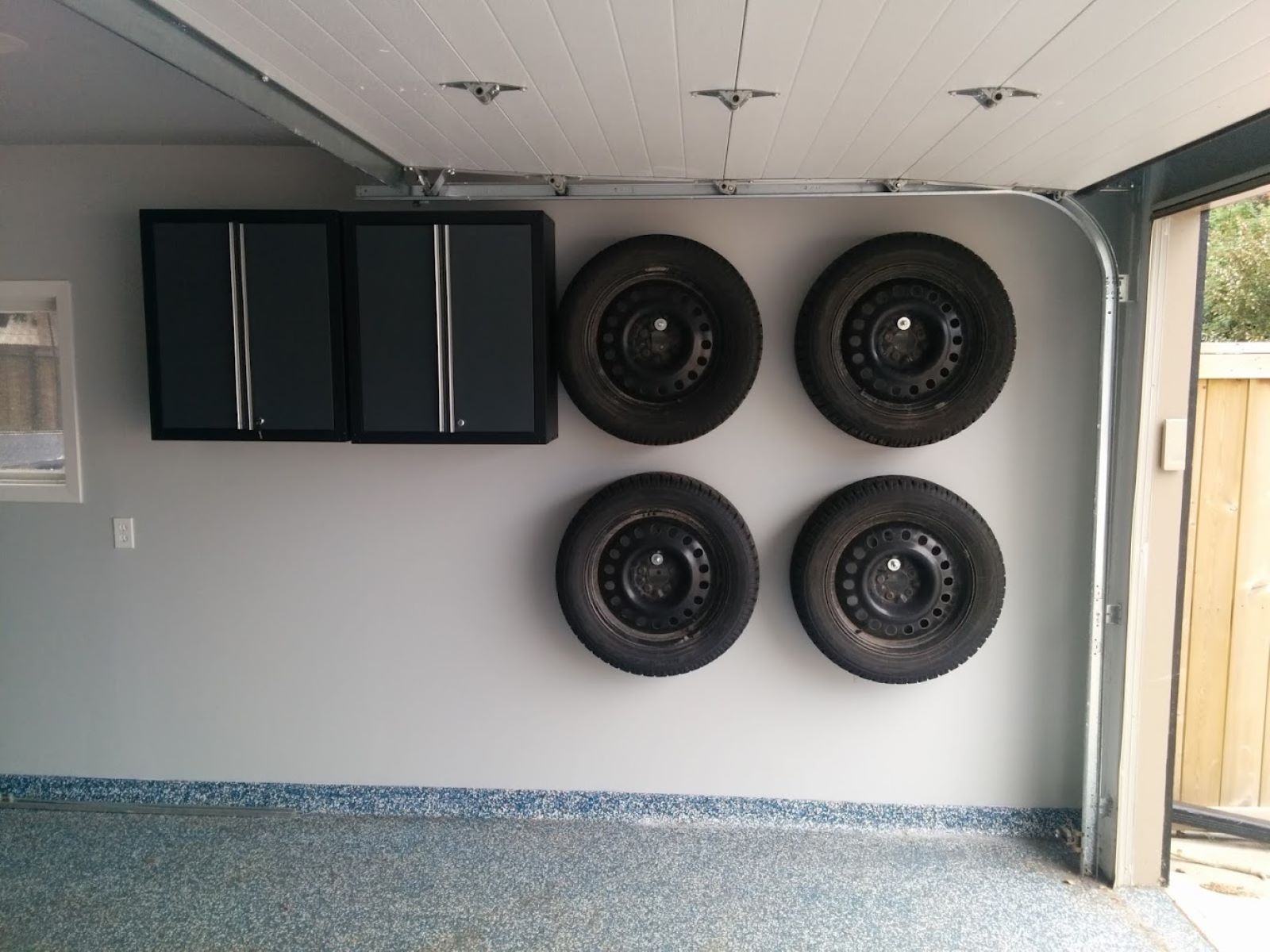

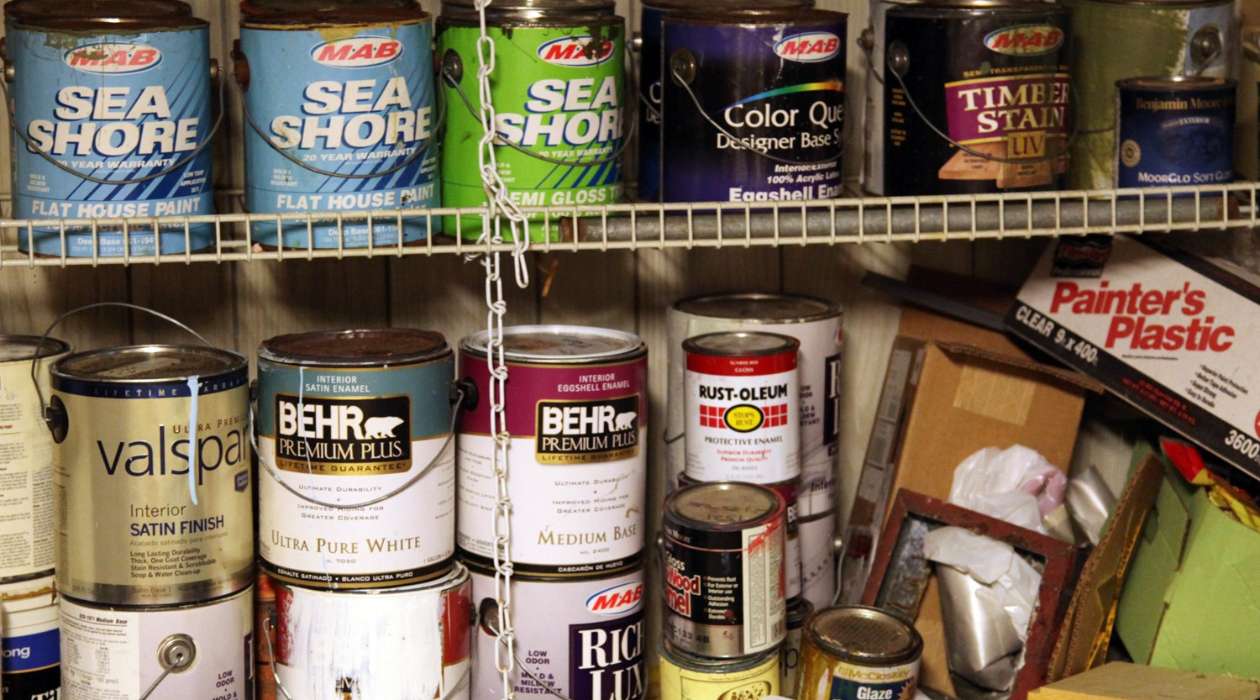
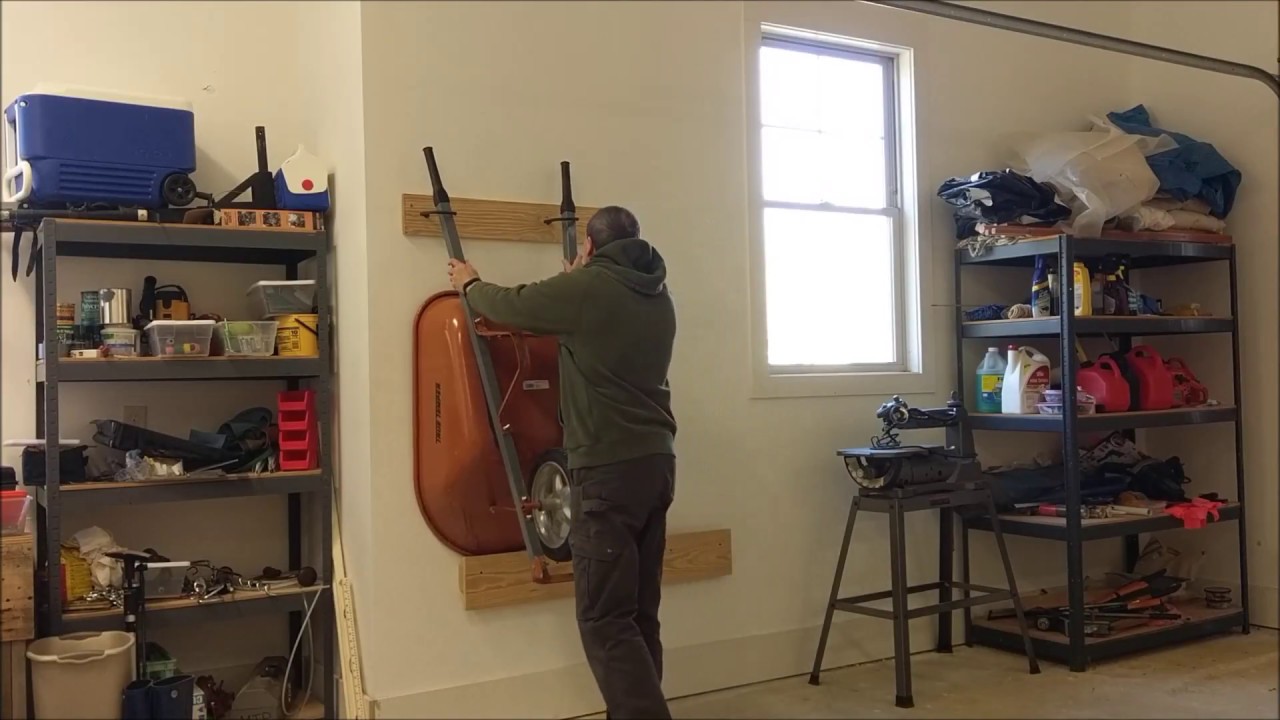
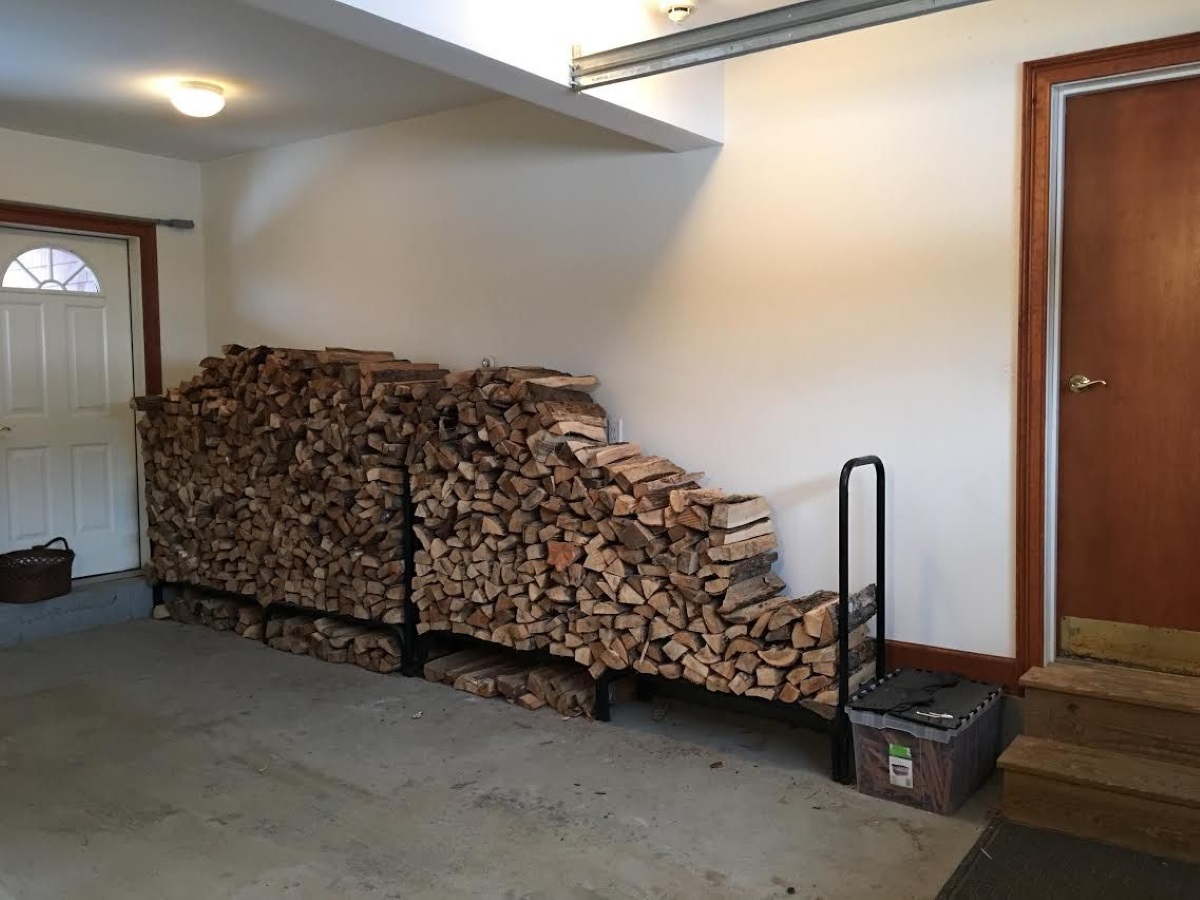
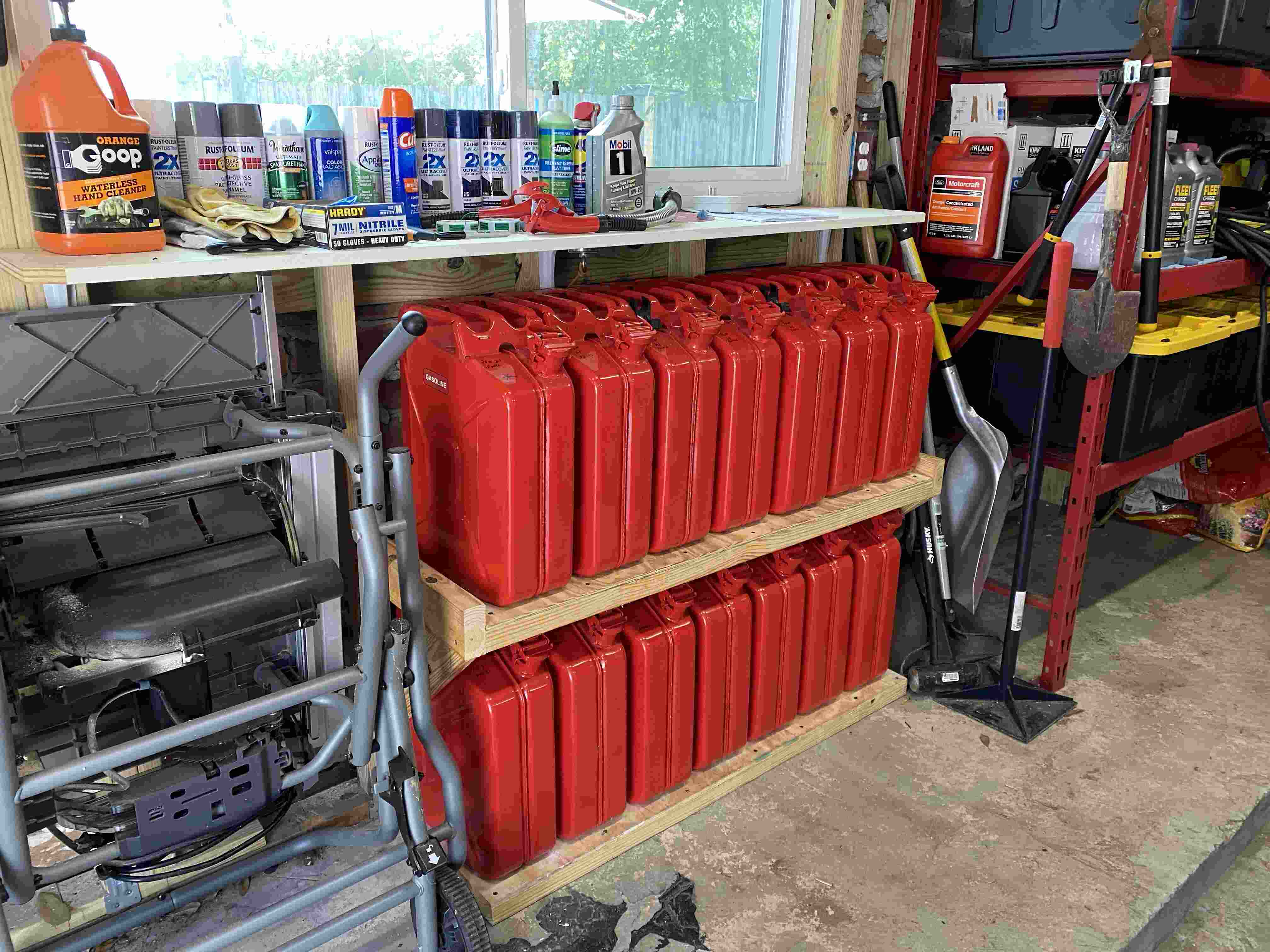

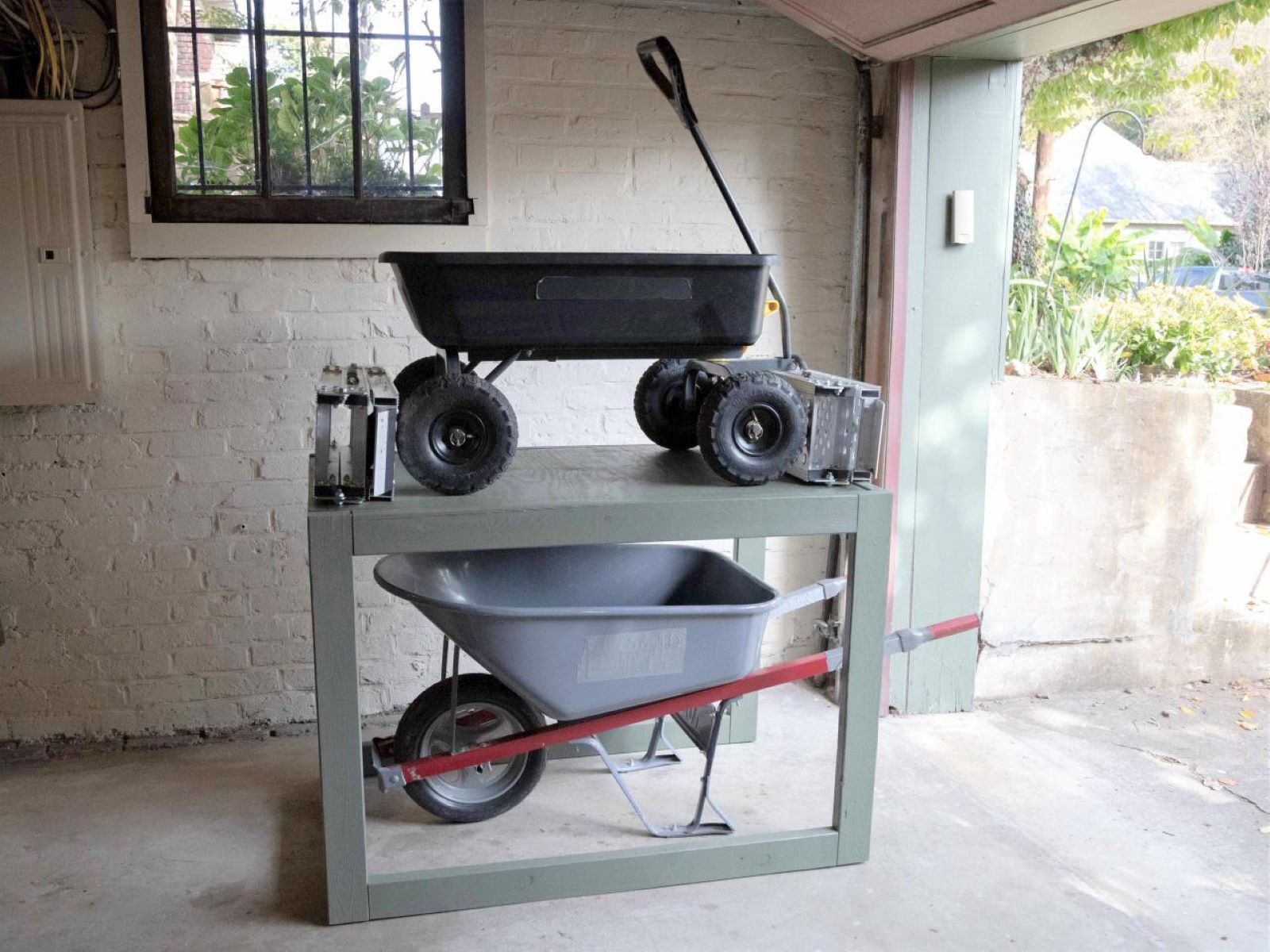
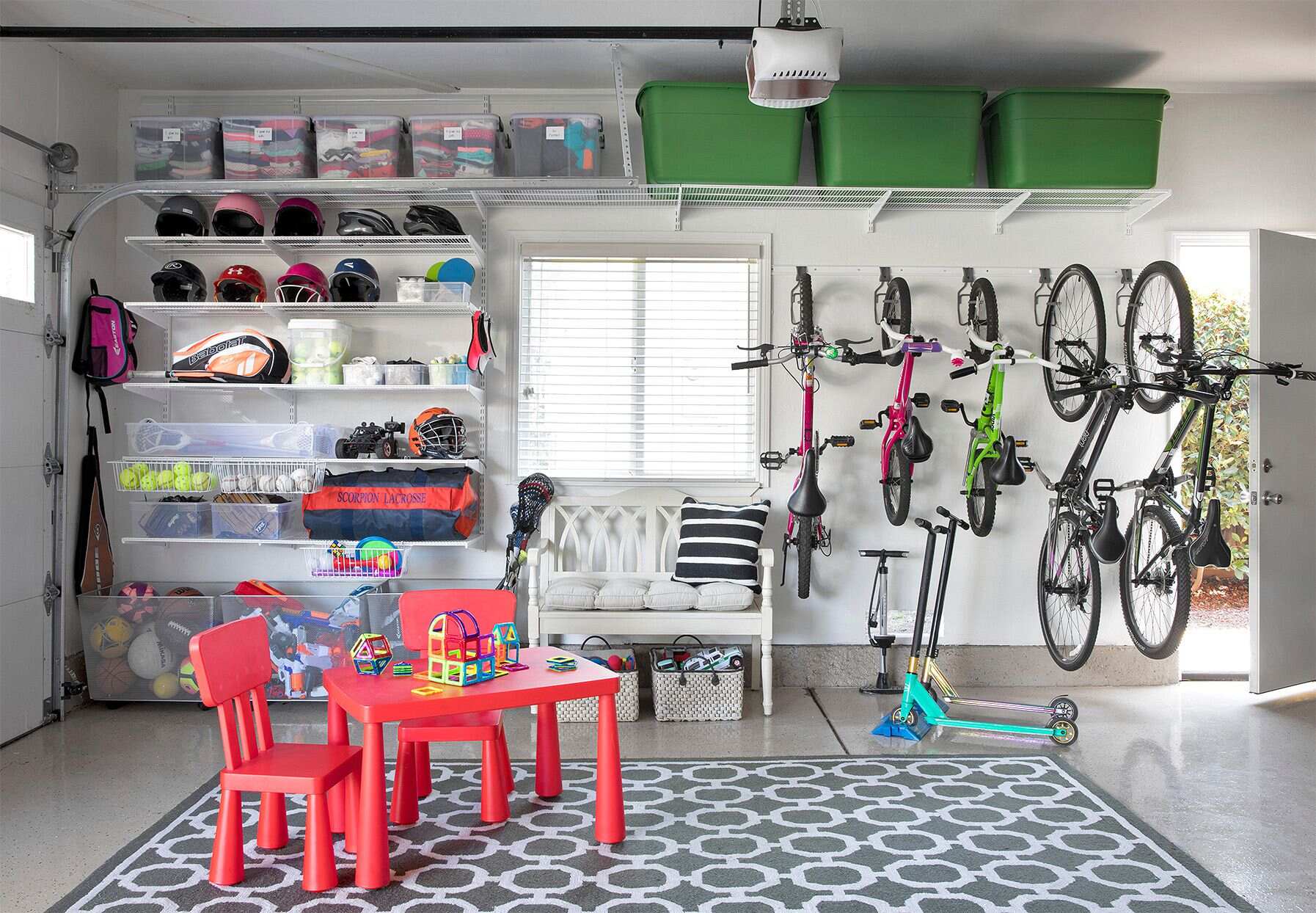
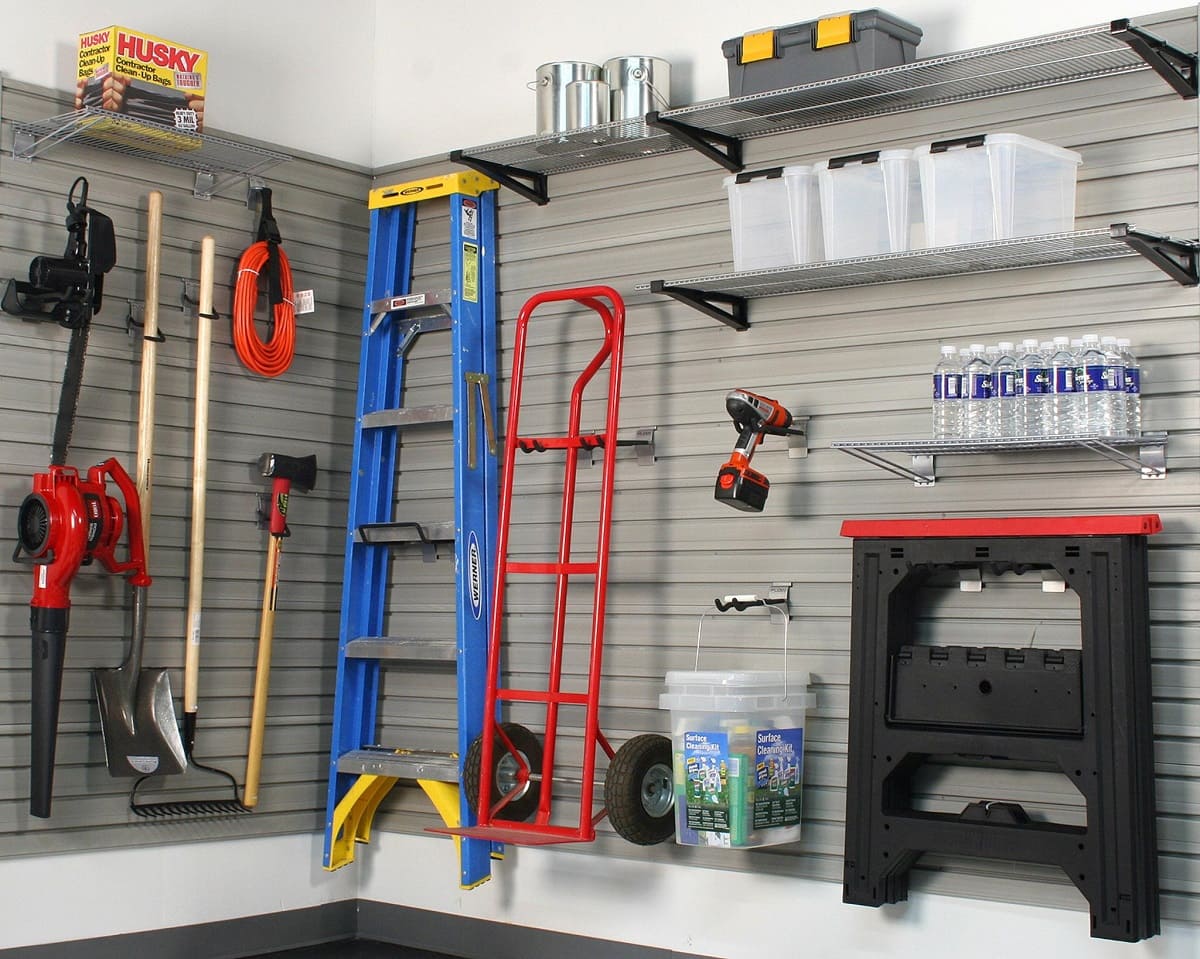
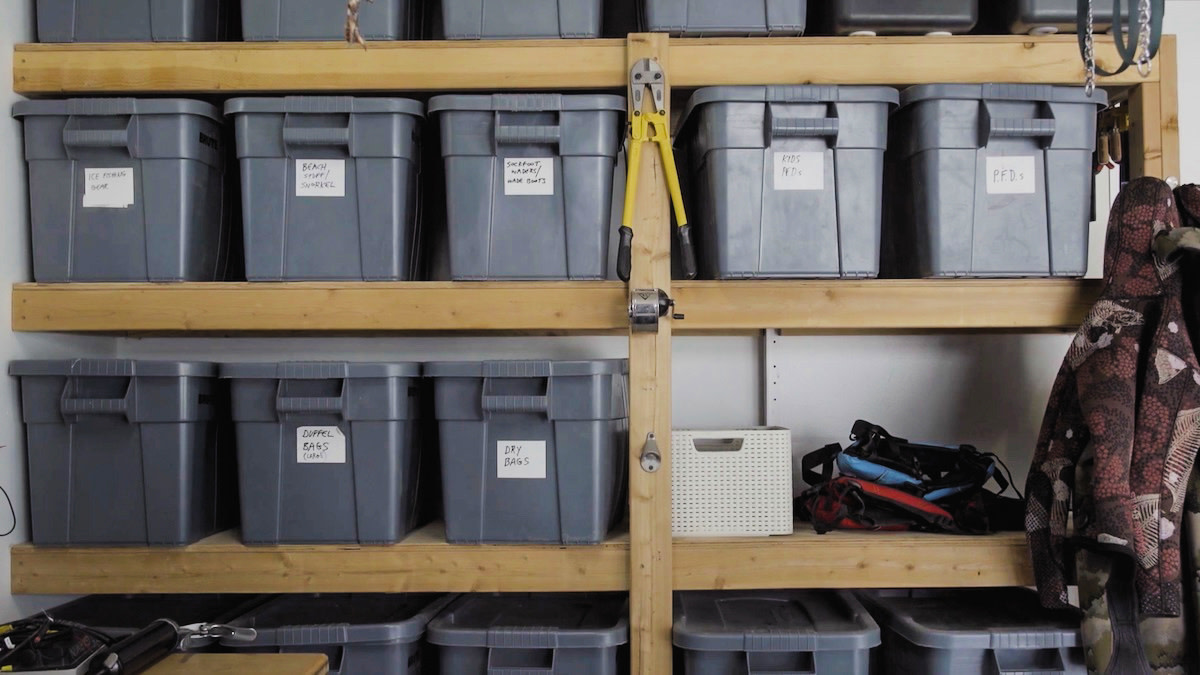
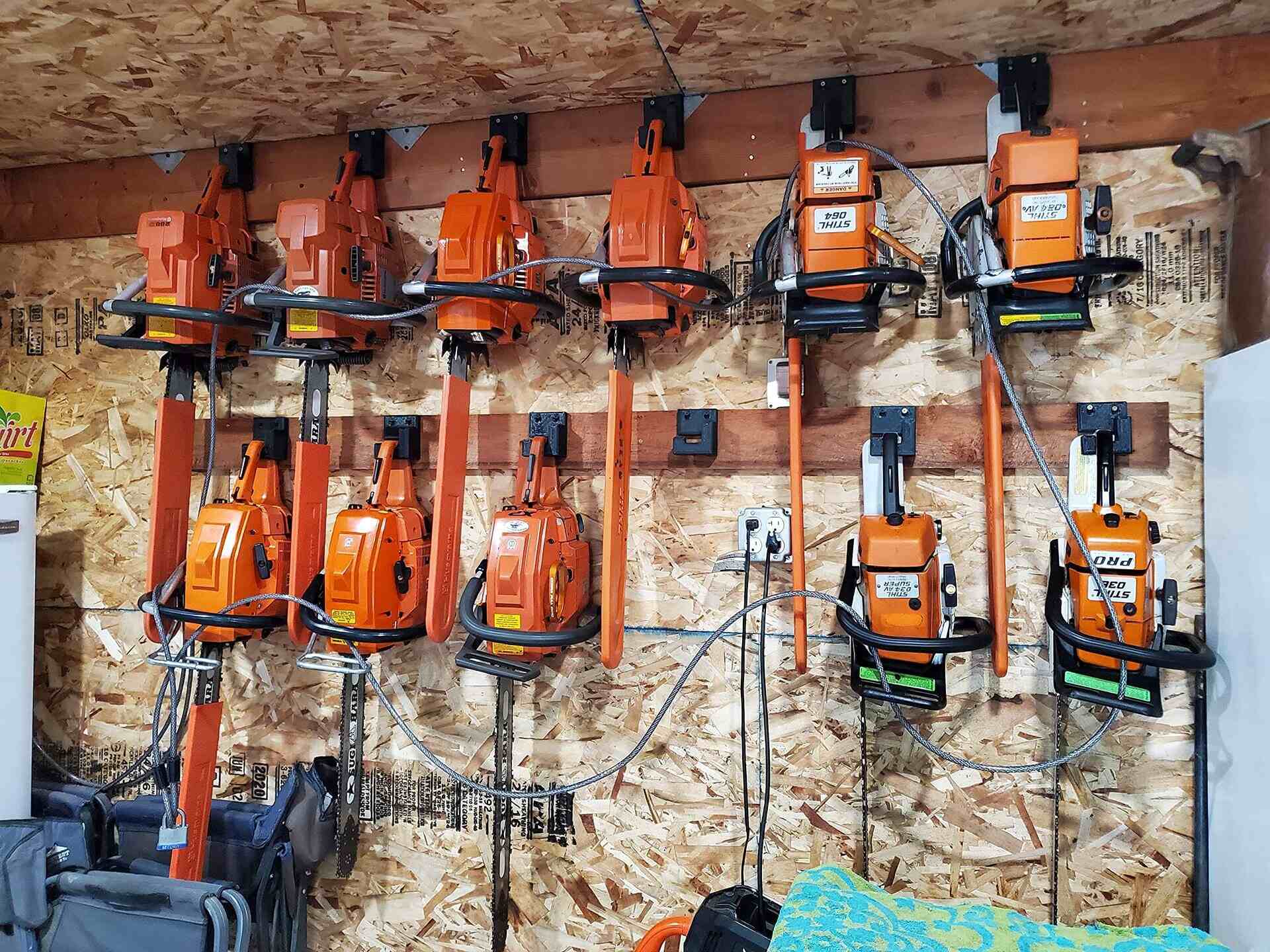
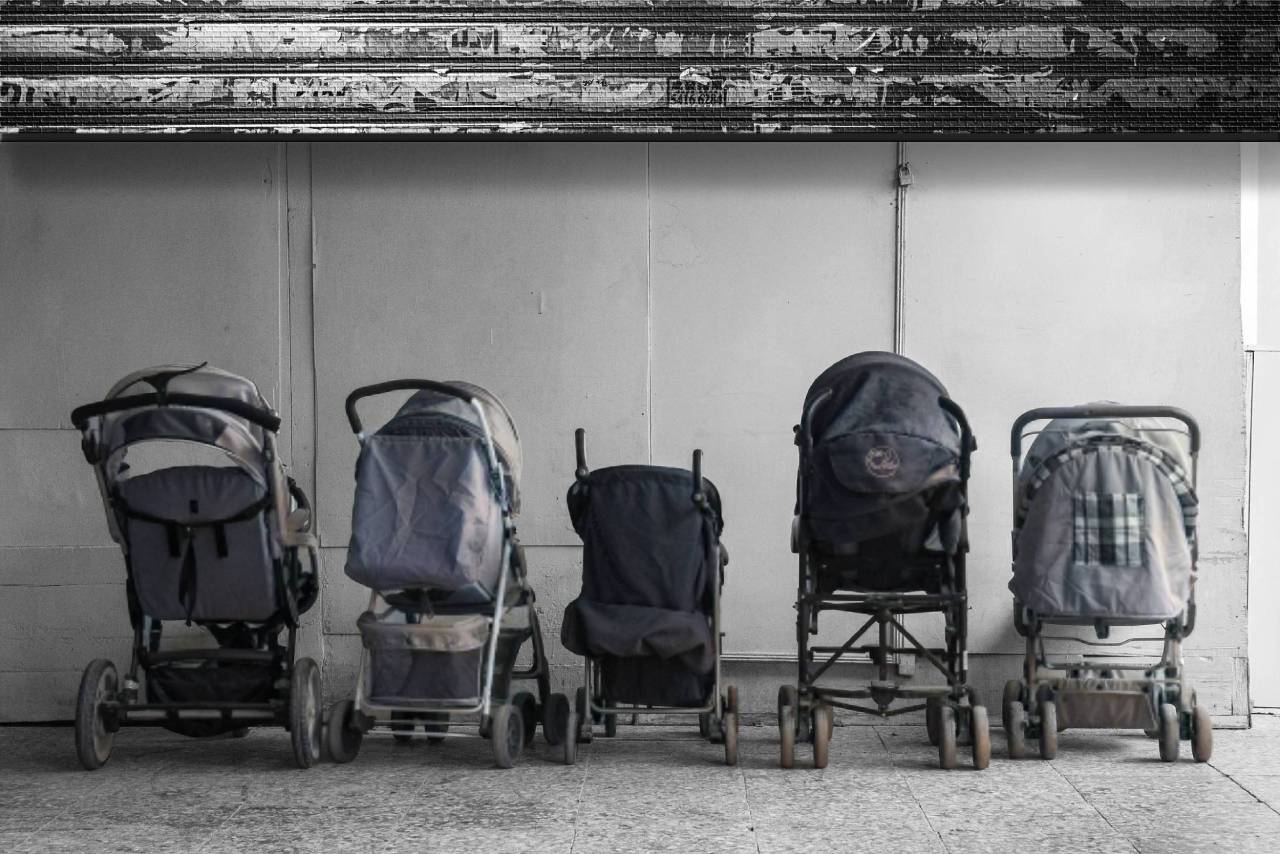


0 thoughts on “How To Store Furniture In Garage”